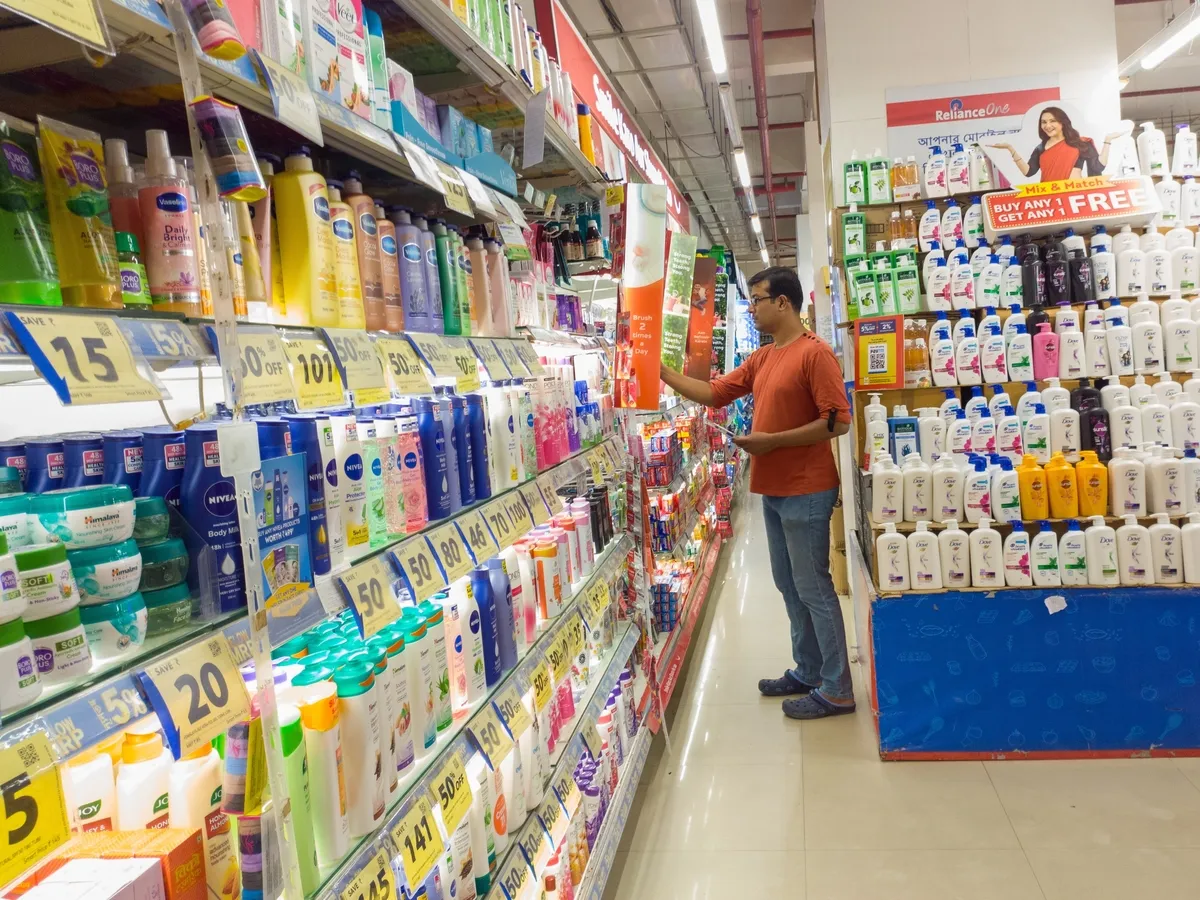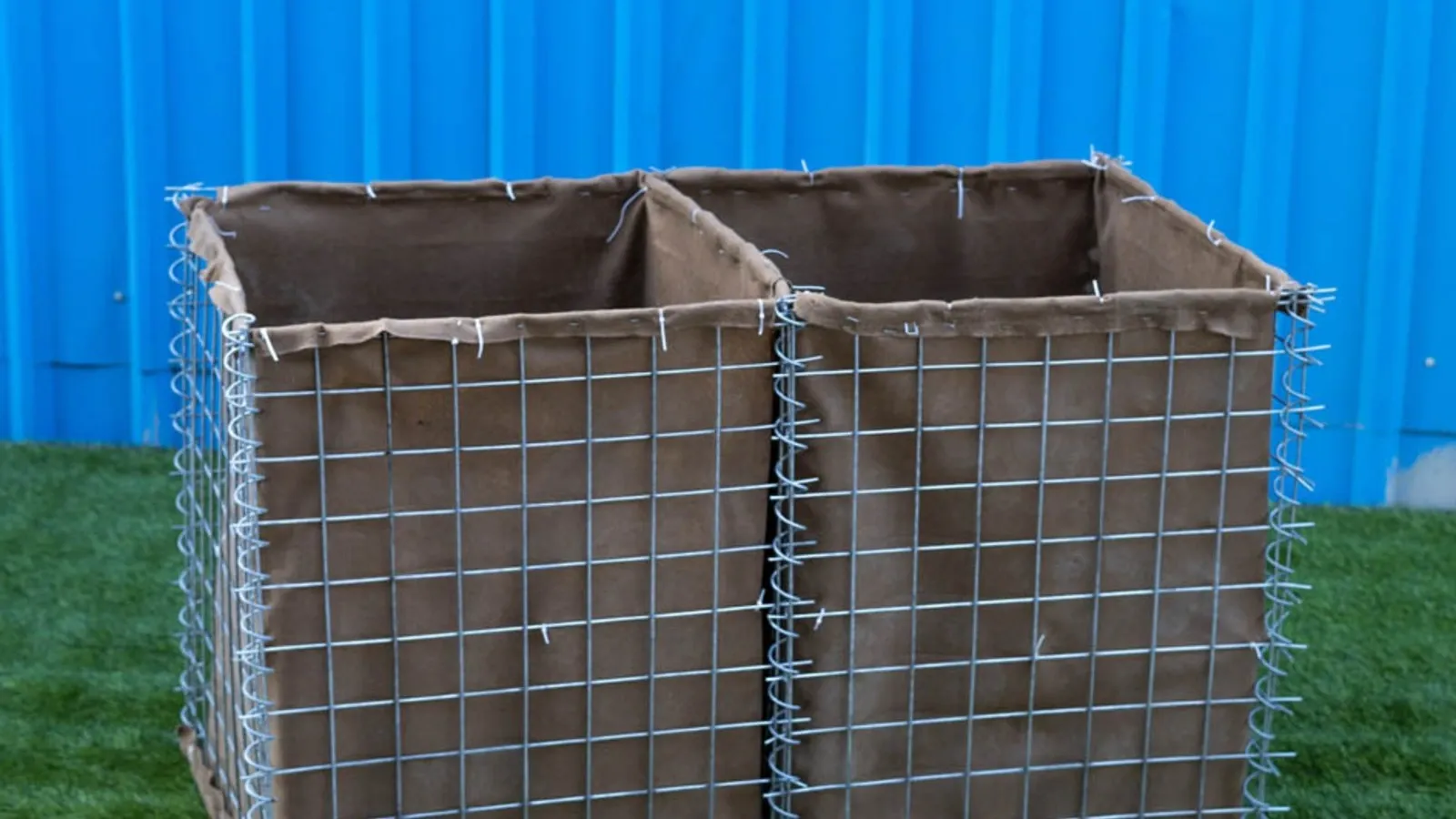Market News
Nestle India, HUL, TCPL: Four macro consumer clusters are shaping India's FMCG; what investors need to know
.png)
5 min read | Updated on August 22, 2025, 10:50 IST
SUMMARY
FMCG stocks: According to a report by Worldpanel by Numerator, a market research company, the FMCG volume growth in the country has slowed down mainly due to deceleration in the food and beverage segment.

Data show that the NIFTY FMCG index has rallied 1.61% during the period. | Image: Shutterstock
Data show that the NIFTY FMCG index has rallied 1.61% during the period.
Last week, Prime Minister Narendra Modi said the central government has circulated the draft of the next-generation GST reforms among states and sought their cooperation to enact the proposal before Diwali.
The prime minister announced the proposal to reform GST law in his Independence Day speech on August 15.
On Thursday, August 21, the Group of Ministers (GoM) on Goods and Services Tax (GST) rate rationalisation accepted the Centre’s proposal to merge the existing four-rate structure into two slabs by scrapping the 12% and 28% rates, Bihar Deputy Chief Minister Samrat Choudhary said.
“We have made recommendations. The GST Council will make a decision over this,” the minister said.
Choudhary added that the panel had supported both of the Centre’s suggestions. “We have supported the two proposals by the Government of India of scrapping GST slabs of 12% and 28%,” he noted.
The revamped GST is expected to give a big boost to consumption, offsetting the revenue loss that may occur from the rate revision, they said.
Following the announcement by the PM, the stock market has seen a stellar rally, with both equity benchmarks, SENSEX and NIFTY50, having rallied nearly 2% in the past five sessions.
FMCG stocks witnessed good buying following the announcement; however, the Q1 FY26 numbers and the management commentaries were largely subdued.
FMCG industry: The changing trends of consumers
According to a report by Worldpanel by Numerator, a market research company, the FMCG volume growth in the country has slowed down mainly due to deceleration in the food and beverage segment.
The slowdown in growth is majorly in food & beverage (F&B) with an increased spending due to food inflation, it added.
"The volume growth slowdown across urban and rural indicates stress on FMCG purchases,” it said.
The MAT (Moving Annual Total) volume growth of the FMCG (excluding wheat) till May 2025 was 4%. This was over 6% a year before in the same period, it added.
Similarly, value growth of the FMCG (excluding wheat) has declined to 7.9% on a MAT basis by May 2025. This was at 8.3% on an MAT basis by May 2025.
The moving annual total is the total value of a variable, such as sales figures for a product, over the course of the previous 12 months.
The report also said F&B (excluding wheat) volume growth has dipped to 4.4% by MAT May, which was at 7% a year before in the corresponding period.
In personal care, volume growth has dipped to 4.3% and value growth to 8.4%. This was at 4.7% and 11.7% a year before in MAT May 2024.
In household care, value growth has dipped to 7.9% from 14.9% and volume growth to 3.8% from 3.6%.
The report also highlighted that consumer clusters are shaping India's FMCG. It classified the country into four macro clusters – the urban affluent, the urban middle, represented by the middle class, the urban masses, and finally the rural.
According to Worldpanel by Numerator MD-South Asia, K Ramakrishnan: "India cannot be looked at from a single lens. That is an age-old truth. There are numerous ways to cluster and segment shoppers, and we used two popular parameters – affluence level, represented by the NCCS, and geography, represented by the population strata (based on the household population of the towns).”
Each of these had sub-clusters within, which points out that India is many markets within a market.
"The urban affluent are a small cluster – 3% of Indian households – and are the ones who are driving the demand for convenience with their busy lifestyles. Categories like frozen foods and ready-to-cook mixes see significant growth in this cluster,” he said.
The Urban Middle are the format upgraders. Moving to premium detergents, trying body wash instead of bar soaps, adding conditioners to their basket, etc. This is the biggest urban segment, with 21% of Indian households being represented.
The urban masses, represented by 12% of the Indian households, do try new products, but cautiously; the non-metro masses, who are a sub-segment within the urban masses, have a larger household size (5 vs. 4) and therefore, buy more packs and make more shopping trips.
Finally, the biggest cluster of them all, the Rural, is going beyond essentials.
"In 2021 they were buying 22 categories, and in 2022 they were buying 24 categories on average. Each cluster, therefore, has its own theme and need, which comes alive with the purchase data. Knowing these themes is important in winning these clusters,” Ramakrishnan said.
Related News
About The Author
Next Story



